- 23
- Mar
بالاخره کسی به این نتیجه رسید که چرا ظرفیت باتری های لیتیومی کاهش می یابد؟
Lithium-ion batteries are the fastest-growing secondary batteries after nickel-cadmium and nickel-hydrogen batteries. Its high-energy properties make its future look bright. However, lithium-ion batteries are not perfect, and their biggest problem is the stability of their charge-discharge cycles. This paper summarizes and analyzes the possible reasons for the capacity fading of Li-ion batteries, including overcharge, electrolyte decomposition and self-discharge.
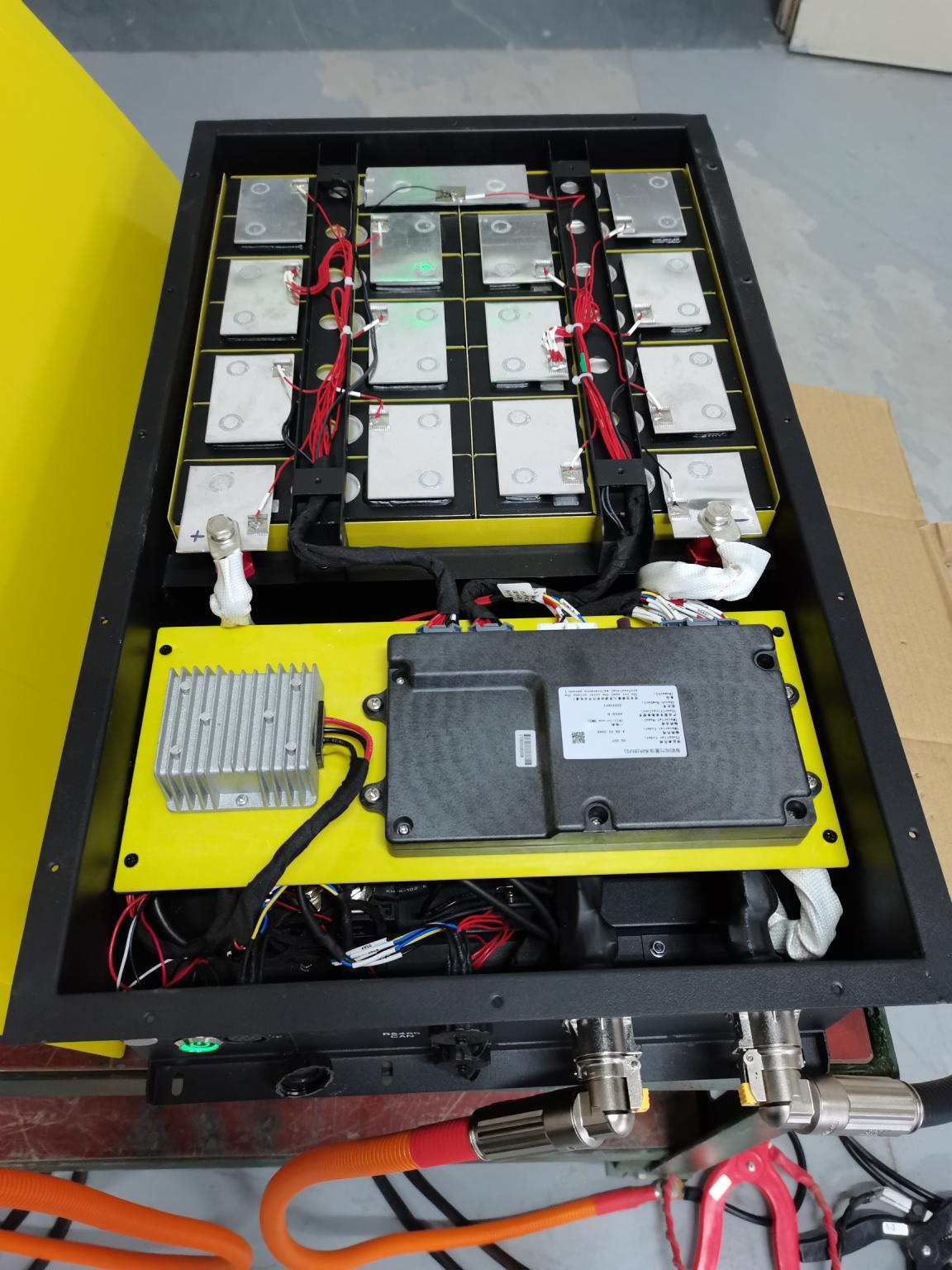
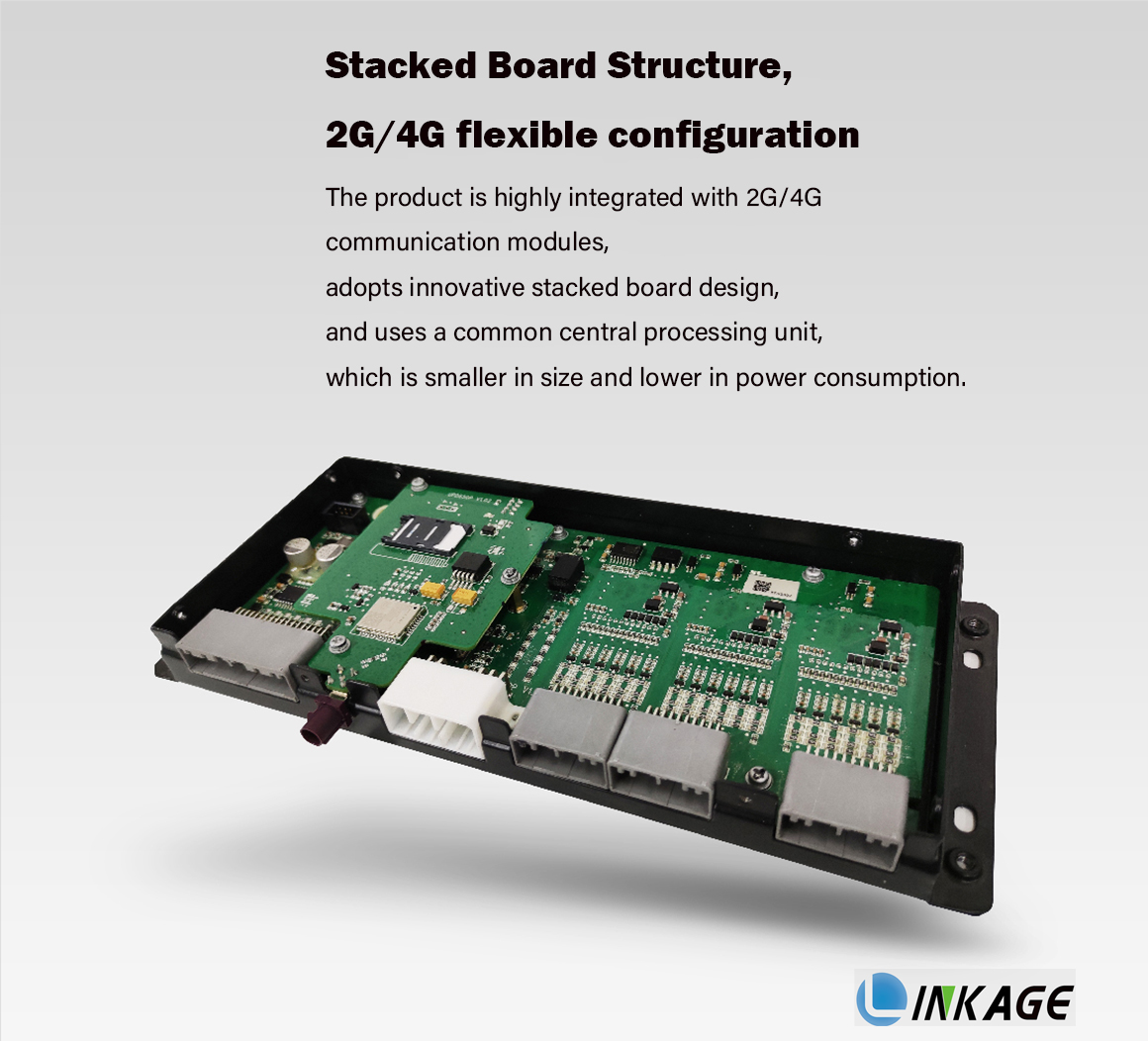
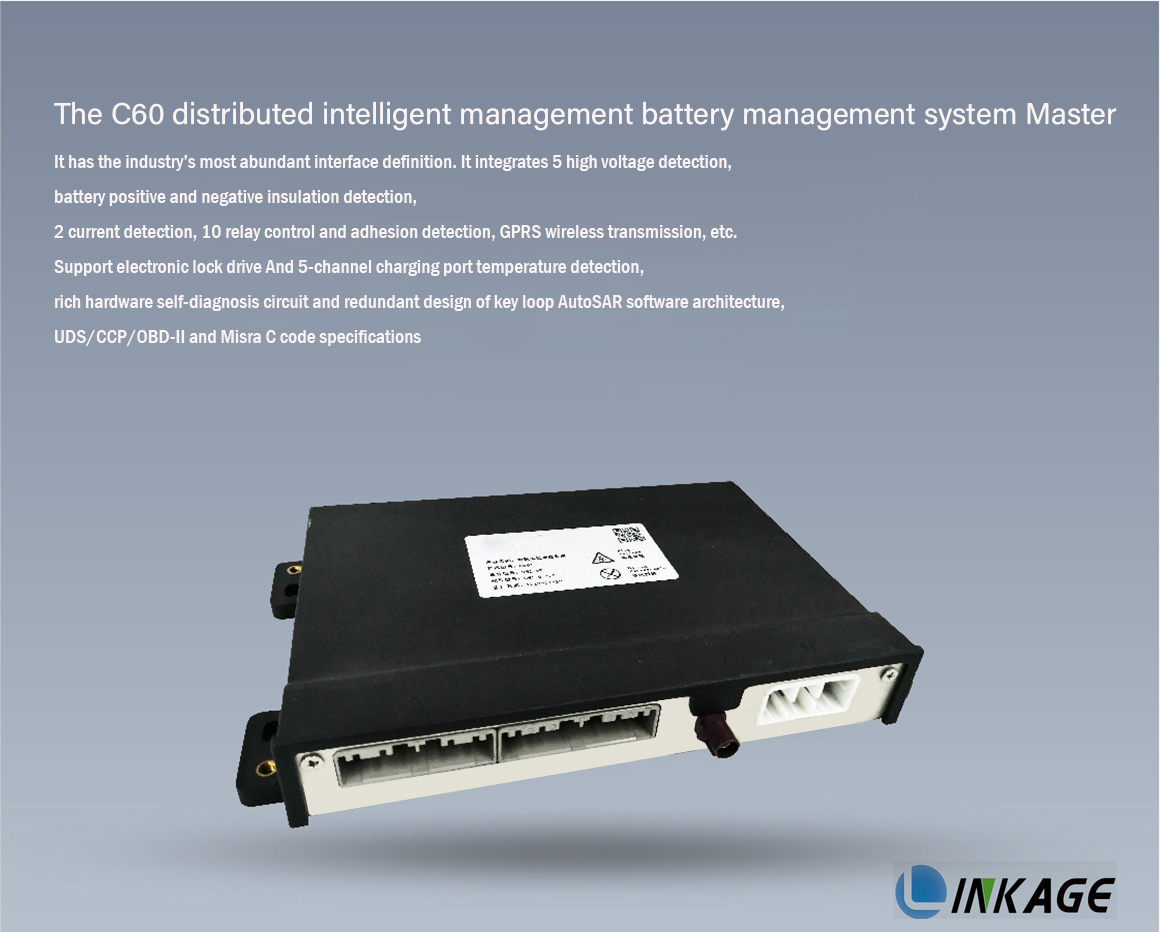
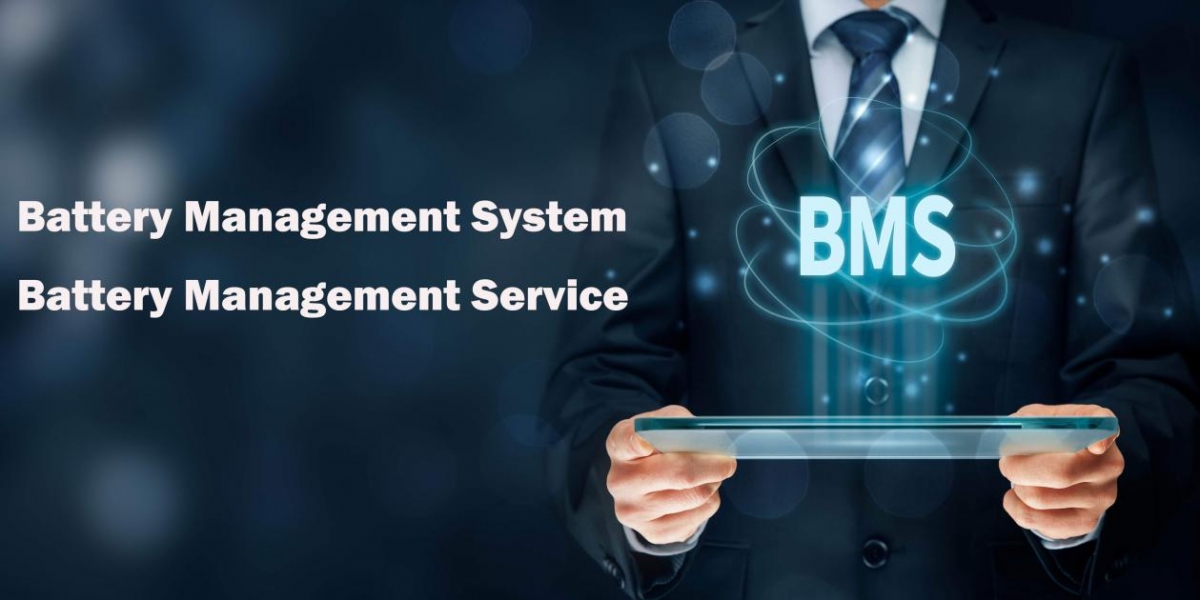
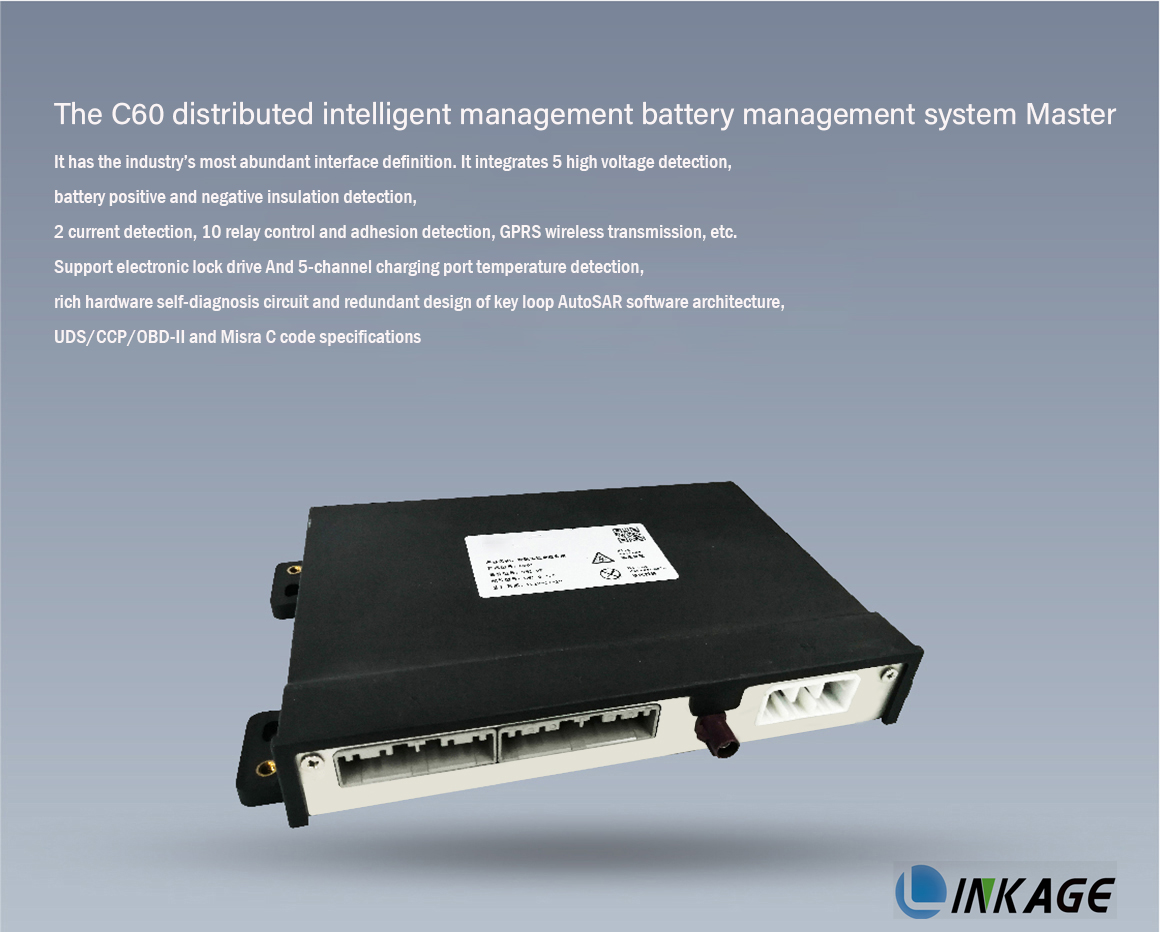
باتریهای لیتیوم یونی انرژیهای درونی متفاوتی دارند که واکنشهای بین دو الکترود اتفاق میافتد، و برای به دست آوردن بهترین عملکرد باتری، نسبت ظرفیت دو الکترود میزبان باید مقدار متعادلی را حفظ کند.
در باتری های لیتیوم یون، تعادل ظرفیت به صورت نسبت جرمی الکترود مثبت به الکترود منفی بیان می شود.
That is: γ=m+/m-=ΔxC-/ΔyC+
In the above formula, C refers to the theoretical coulombic capacity of the electrode, and Δx and Δy refer to the stoichiometric number of lithium ions embedded in the negative electrode and the positive electrode, respectively. It can be seen from the above formula that the required mass ratio of the two poles depends on the corresponding Coulomb capacity of the two poles and the number of their respective reversible lithium ions.
تصویر
Generally speaking, a smaller mass ratio leads to incomplete utilization of the negative electrode material; a larger mass ratio may cause a safety hazard due to the overcharge of the negative electrode. In short, at the optimized mass ratio, the battery performance is the best.
For an ideal Li-ion battery system, the capacity balance does not change during its cycle, and the initial capacity in each cycle is a certain value, but the actual situation is much more complicated. Any side reaction that can generate or consume lithium ions or electrons may lead to changes in battery capacity balance. Once the battery’s capacity balance state changes, this change is irreversible and can be accumulated through multiple cycles, resulting in battery performance. Serious impact. In lithium-ion batteries, in addition to the redox reactions that occur when lithium ions are deintercalated, there are also a large number of side reactions, such as electrolyte decomposition, active material dissolution, and metallic lithium deposition.
Reason 1: Overcharging
1. واکنش اضافه شارژ الکترود منفی گرافیت:
When the battery is overcharged, lithium ions are easily reduced and deposited on the surface of the negative electrode:
تصویر
The deposited lithium coats the negative electrode surface, blocking the intercalation of lithium. This results in reduced discharge efficiency and capacity loss due to:
①Reduce the amount of recyclable lithium;
②لیتیوم فلزی رسوبشده با حلال یا الکترولیت پشتیبان واکنش میدهد و Li2CO3، LiF یا سایر محصولات را تشکیل میدهد.
③ لیتیوم فلزی معمولاً بین الکترود منفی و جداکننده تشکیل می شود که ممکن است منافذ جداکننده را مسدود کرده و مقاومت داخلی باتری را افزایش دهد.
④ به دلیل ماهیت بسیار فعال لیتیوم، واکنش با الکترولیت و مصرف الکترولیت آسان است و در نتیجه کاهش راندمان تخلیه و از دست دادن ظرفیت ایجاد می شود.
Fast charging, the current density is too large, the negative electrode is severely polarized, and the deposition of lithium will be more obvious. This is likely to occur when the positive electrode active material is excessive relative to the negative electrode active material. However, in the case of a high charging rate, deposition of metallic lithium may occur even if the ratio of positive and negative active materials is normal.
2. Positive electrode overcharge reaction
زمانی که نسبت ماده فعال الکترود مثبت به ماده فعال الکترود منفی خیلی کم باشد، شارژ بیش از حد الکترود مثبت به احتمال زیاد رخ می دهد.
The capacity loss caused by overcharge of the positive electrode is mainly due to the generation of electrochemically inert substances (such as Co3O4, Mn2O3, etc.), which destroy the capacity balance between the electrodes, and the capacity loss is irreversible.
(1) LiyCoO2
LiyCoO2→(1-y)/3[Co3O4+O2(g)]+yLiCoO2 y<0.4
در همان زمان، اکسیژن تولید شده از تجزیه مواد الکترود مثبت در باتری لیتیوم یون مهر و موم شده در همان زمان انباشته می شود، زیرا هیچ واکنش نوترکیبی (مانند تولید H2O) و گاز قابل اشتعال ایجاد شده در اثر تجزیه وجود ندارد. از الکترولیت، و عواقب آن غیر قابل تصور خواهد بود.
(2) λ-MnO2
واکنش لیتیوم – منگنز زمانی رخ می دهد که اکسید لیتیوم – منگنز کاملاً جدا شود: λ-MnO2→Mn2O3+O2(g)
3. الکترولیت در هنگام شارژ بیش از حد اکسید می شود
هنگامی که فشار بالاتر از 4.5 ولت باشد، الکترولیت برای تولید مواد نامحلول (مانند Li2Co3) و گازها اکسید می شود. این مواد نامحلول ریز منافذ الکترود را مسدود کرده و مانع از مهاجرت یونهای لیتیوم میشوند و در نتیجه در طول دوچرخهسواری ظرفیت کاهش مییابد.
عوامل موثر بر سرعت اکسیداسیون:
مساحت سطح ماده الکترود مثبت
مواد جمع کننده فعلی
Added conductive agent (carbon black, etc.)
The type and surface area of carbon black
در میان الکترولیتهایی که بیشتر مورد استفاده قرار میگیرند، EC/DMC بالاترین مقاومت در برابر اکسیداسیون را دارد. فرآیند اکسیداسیون الکتروشیمیایی محلول به طور کلی به صورت زیر بیان می شود: محلول → محصول اکسیداسیون (گاز، محلول و ماده جامد) + ne-
The oxidation of any solvent will increase the electrolyte concentration, decrease the electrolyte stability, and ultimately affect the capacity of the battery. Assuming that a small amount of electrolyte is consumed each time it is charged, more electrolyte is required during battery assembly. For a constant container, this means that a smaller amount of active substance is loaded, which results in a decrease in the initial capacity. In addition, if a solid product is produced, a passivation film will be formed on the surface of the electrode, which will increase the polarization of the battery and reduce the output voltage of the battery.
Reason 2: Electrolyte decomposition (reduction)
من روی الکترود تجزیه می شوم
1. الکترولیت بر روی الکترود مثبت تجزیه می شود:
الکترولیت از یک حلال و یک الکترولیت پشتیبان تشکیل شده است. پس از تجزیه کاتد، معمولاً محصولات نامحلول مانند Li2Co3 و LiF تشکیل می شوند که با مسدود کردن منافذ الکترود، ظرفیت باتری را کاهش می دهند. واکنش کاهش الکترولیت تأثیر نامطلوبی بر ظرفیت و عمر چرخه باتری خواهد داشت. گاز تولید شده توسط کاهش می تواند فشار داخلی باتری را افزایش دهد که می تواند منجر به مشکلات ایمنی شود.
The positive electrode decomposition voltage is usually greater than 4.5V (vs. Li/Li+), so they do not easily decompose on the positive electrode. On the contrary, the electrolyte is more easily decomposed at the negative electrode.
2. The electrolyte is decomposed on the negative electrode:
The electrolyte is not stable on graphite and other lithium-inserted carbon anodes, and it is easy to react to generate irreversible capacity. During the initial charge and discharge, the decomposition of the electrolyte will form a passivation film on the surface of the electrode, and the passivation film can separate the electrolyte from the carbon negative electrode to prevent further decomposition of the electrolyte. Thus, the structural stability of the carbon anode is maintained. Under ideal conditions, the reduction of the electrolyte is limited to the passivation film formation stage, and this process does not occur when the cycle is stable.
تشکیل فیلم غیرفعال
کاهش نمک های الکترولیت در تشکیل فیلم غیرفعال سازی شرکت می کند که برای تثبیت فیلم غیرفعال سازی مفید است، اما
(1) The insoluble matter produced by the reduction will have an adverse effect on the solvent reduction product;
(2) غلظت الکترولیت با کاهش نمک الکترولیت کاهش می یابد، که در نهایت منجر به از دست دادن ظرفیت باتری می شود (LiPF6 کاهش می یابد تا LiF، LixPF5-x، PF3O و PF3 تشکیل شود).
(3) تشکیل فیلم غیرفعال سازی یون های لیتیوم را مصرف می کند که باعث عدم تعادل ظرفیت بین دو الکترود می شود تا ظرفیت ویژه کل باتری را کاهش دهد.
(4) If there are cracks on the passivation film, solvent molecules can penetrate and thicken the passivation film, which not only consumes more lithium, but also may block the micropores on the carbon surface, resulting in the inability of lithium to be inserted and extracted. , resulting in irreversible capacity loss. Adding some inorganic additives to the electrolyte, such as CO2, N2O, CO, SO2, etc., can accelerate the formation of the passivation film and inhibit the co-insertion and decomposition of the solvent. The addition of crown ether organic additives also has the same effect. 12 crowns and 4 ethers are the best.
Factors for film capacity loss:
(1) نوع کربن مورد استفاده در فرآیند؛
(2) ترکیب الکترولیت؛
(3) مواد افزودنی در الکترودها یا الکترولیت ها.
بلیر معتقد است که واکنش تبادل یونی از سطح ذره ماده فعال به سمت هسته آن پیش می رود، فاز جدید تشکیل شده ماده فعال اصلی را مدفون می کند و یک فیلم غیرفعال با رسانایی یونی و الکترونیکی کم بر روی سطح ذره تشکیل می شود. اسپینل پس از ذخیره سازی قطبش بیشتر از قبل از ذخیره سازی.
Zhang found that the resistance of the surface passivation layer increased and the interfacial capacitance decreased with the increase of the number of cycles. It reflects that the thickness of the passivation layer increases with the number of cycles. The dissolution of manganese and the decomposition of the electrolyte lead to the formation of passivation films, and high temperature conditions are more conducive to the progress of these reactions. This will increase the contact resistance between the active material particles and the Li+ migration resistance, thereby increasing the polarization of the battery, incomplete charging and discharging, and reduced capacity.
II Reduction Mechanism of Electrolyte
The electrolyte often contains oxygen, water, carbon dioxide and other impurities, and redox reactions occur during the charging and discharging process of the battery.
مکانیسم کاهش الکترولیت شامل سه جنبه است: کاهش حلال، کاهش الکترولیت و کاهش ناخالصی:
1. کاهش حلال
کاهش PC و EC شامل واکنش یک الکترونی و فرآیند واکنش دو الکترونی است و واکنش دو الکترونی Li2CO3 را تشکیل می دهد:
Fong et al. believed that during the first discharge process, when the electrode potential was close to 0.8V (vs. Li/Li+), the electrochemical reaction of PC/EC occurred on graphite to generate CH=CHCH3(g)/CH2=CH2( g) and LiCO3(s), leading to irreversible capacity loss on graphite electrodes.
Aurbach et al. conducted extensive research on the reduction mechanism and products of various electrolytes on lithium metal electrodes and carbon-based electrodes, and found that the one-electron reaction mechanism of PC produces ROCO2Li and propylene. ROCO2Li is very sensitive to trace water. The main products are Li2CO3 and propylene in the presence of trace water, but no Li2CO3 is produced under dry conditions.
Restoration of DEC:
Ein-Eli Y reported that the electrolyte mixed with diethyl carbonate (DEC) and dimethyl carbonate (DMC) will undergo an exchange reaction in the battery to generate ethyl methyl carbonate (EMC), which is responsible for the loss of capacity. certain influence.
2. کاهش الکترولیت
واکنش کاهش الکترولیت به طور کلی در تشکیل فیلم سطح الکترود کربن نقش دارد، بنابراین نوع و غلظت آن بر عملکرد الکترود کربن تأثیر می گذارد. در برخی موارد، کاهش الکترولیت به تثبیت سطح کربن کمک می کند که می تواند لایه غیرفعال سازی مورد نظر را تشکیل دهد.
It is generally believed that the supporting electrolyte is easier to reduce than the solvent, and the reduction product is mixed in the negative electrode deposition film and affects the capacity decay of the battery. Several possible reduction reactions of supporting electrolytes are as follows:
3. کاهش ناخالصی
(1) اگر محتوای آب در الکترولیت خیلی زیاد باشد، رسوبات LiOH(s) و Li2O تشکیل میشوند که برای وارد کردن یونهای لیتیوم مساعد نیست و منجر به از دست دادن ظرفیت غیرقابل برگشت میشود:
H2O+e→OH-+1/2H2
OH-+Li+→LiOH(s)
LiOH+Li++e-→Li2O(s)+1/2H2
The generated LiOH(s) is deposited on the electrode surface, forming a surface film with high resistance, which hinders Li+ intercalation into the graphite electrode, resulting in irreversible capacity loss. A small amount of water (100-300×10-6) in the solvent has no effect on the performance of the graphite electrode.
(2) The CO2 in the solvent can be reduced on the negative electrode to form CO and LiCO3(s):
2CO2+2e-+2Li+→Li2CO3+CO
CO فشار داخلی باتری را افزایش می دهد و Li2CO3 (ها) مقاومت داخلی باتری را افزایش می دهد و بر عملکرد باتری تأثیر می گذارد.
(3) The presence of oxygen in the solvent will also form Li2O
1/2O2+2e-+2Li+→Li2O
از آنجایی که اختلاف پتانسیل بین لیتیوم فلزی و کربن کاملاً درهم اندک است، کاهش الکترولیت روی کربن مشابه کاهش روی لیتیوم است.
دلیل 3: خود تخلیه
Self-discharge refers to the phenomenon that the battery loses its capacity naturally when it is not in use. Li-ion battery self-discharge leads to capacity loss in two cases:
One is the reversible capacity loss;
دوم از دست دادن ظرفیت غیر قابل برگشت است.
Reversible capacity loss means that the lost capacity can be recovered during charging, while irreversible capacity loss is the opposite. The positive and negative electrodes may act as a microbattery with the electrolyte in the charged state, resulting in lithium ion intercalation and deintercalation, and intercalation and deintercalation of positive and negative electrodes. The embedded lithium ions are only related to the lithium ions of the electrolyte, so the capacity of the positive and negative electrodes is unbalanced, and this part of the capacity loss cannot be recovered during charging. Such as:
Lithium manganese oxide positive electrode and solvent will cause micro-battery effect and self-discharge, resulting in irreversible capacity loss:
LiyMn2O4+xLi++xe-→Liy+xMn2O4
مولکول های حلال (مانند PC) روی سطح مواد رسانا کربن سیاه یا جمع کننده جریان به عنوان آند میکروباتری اکسید می شوند:
xPC→xPC-radical+xe-
Similarly, the negative active material may interact with the electrolyte to cause self-discharge and cause irreversible capacity loss, and the electrolyte (such as LiPF6) is reduced on the conductive material:
PF5+xe-→PF5-x
کاربید لیتیوم در حالت باردار با حذف یون های لیتیوم به عنوان الکترود منفی میکروباتری اکسید می شود:
LiyC6→Liy-xC6+xLi+++xe-
Factors affecting self-discharge: the manufacturing process of the positive electrode material, the manufacturing process of the battery, the properties of the electrolyte, temperature, and time.
